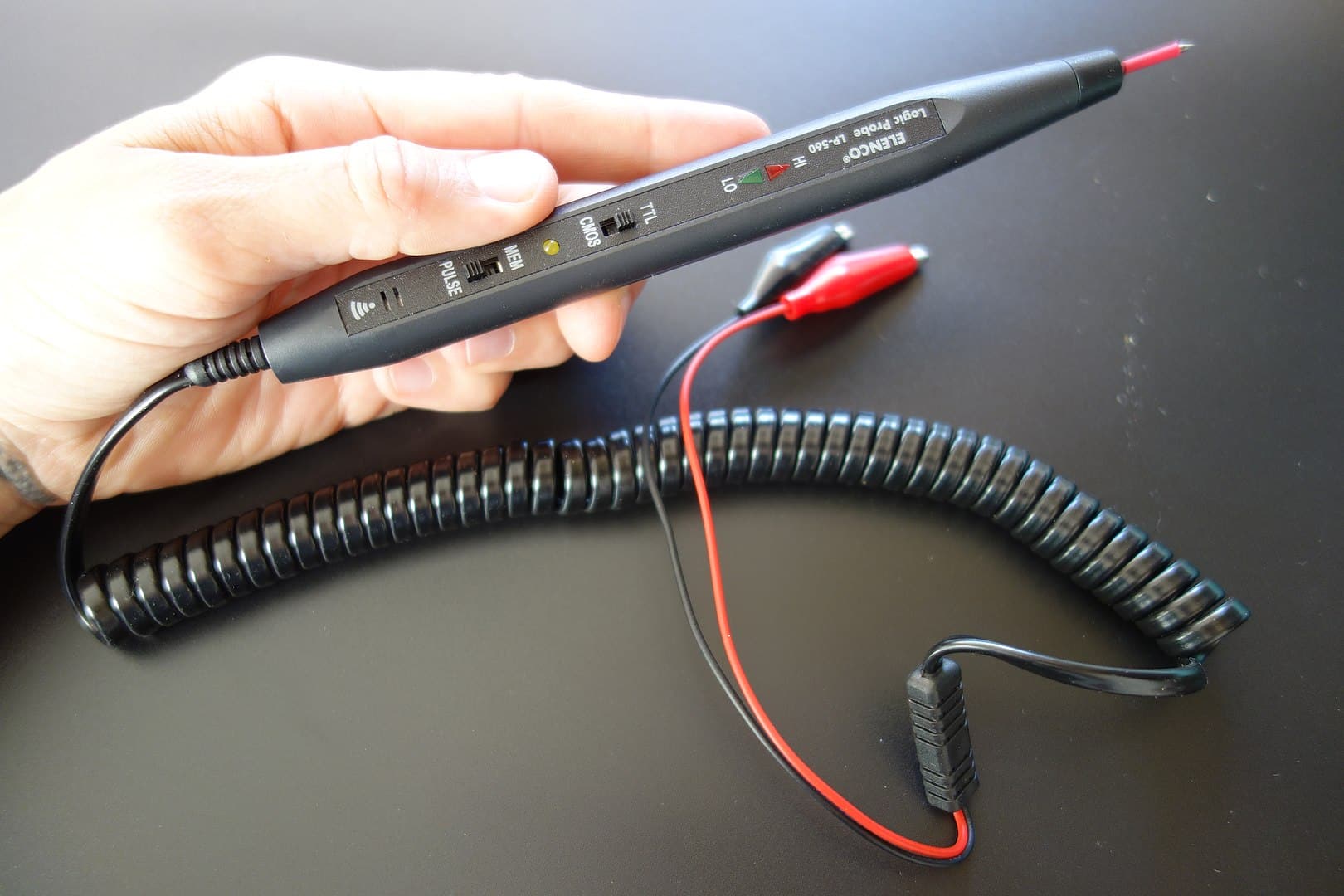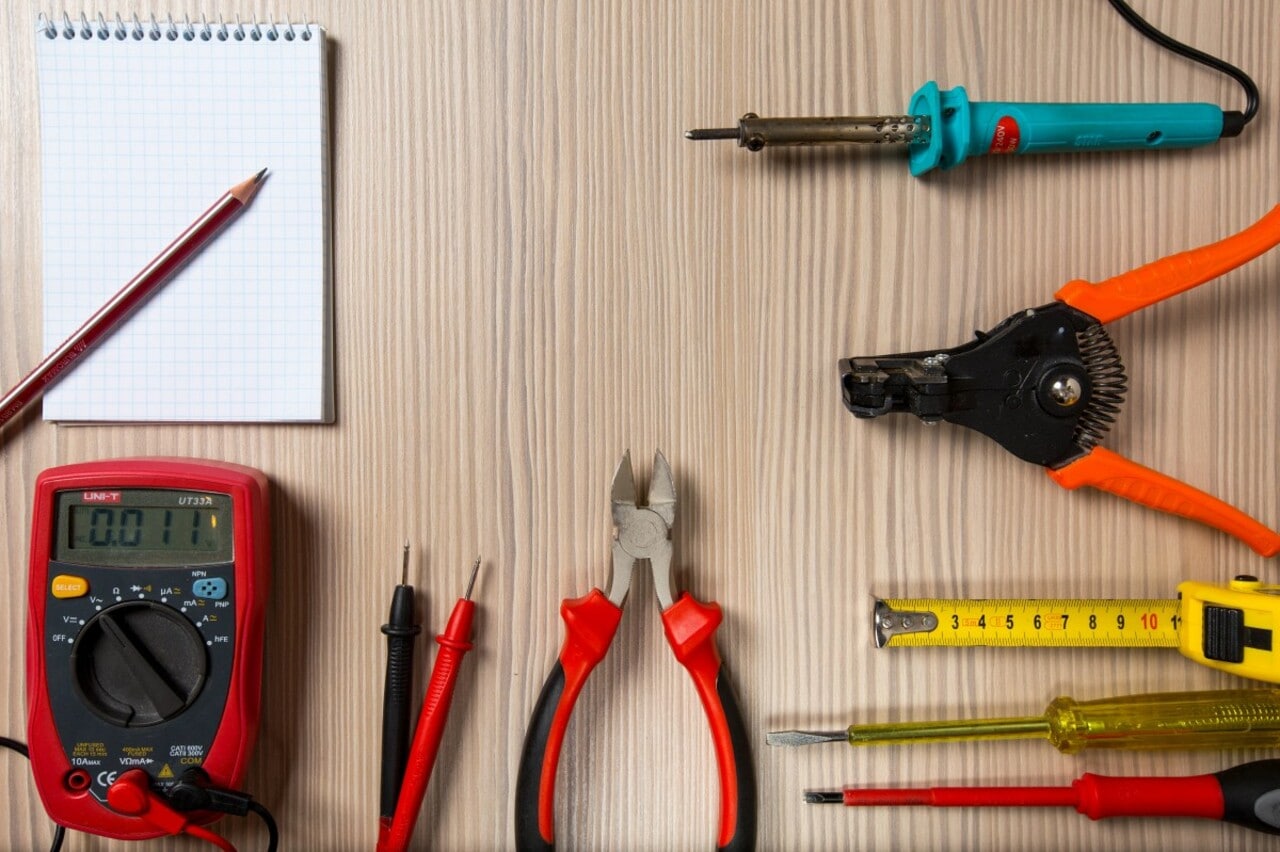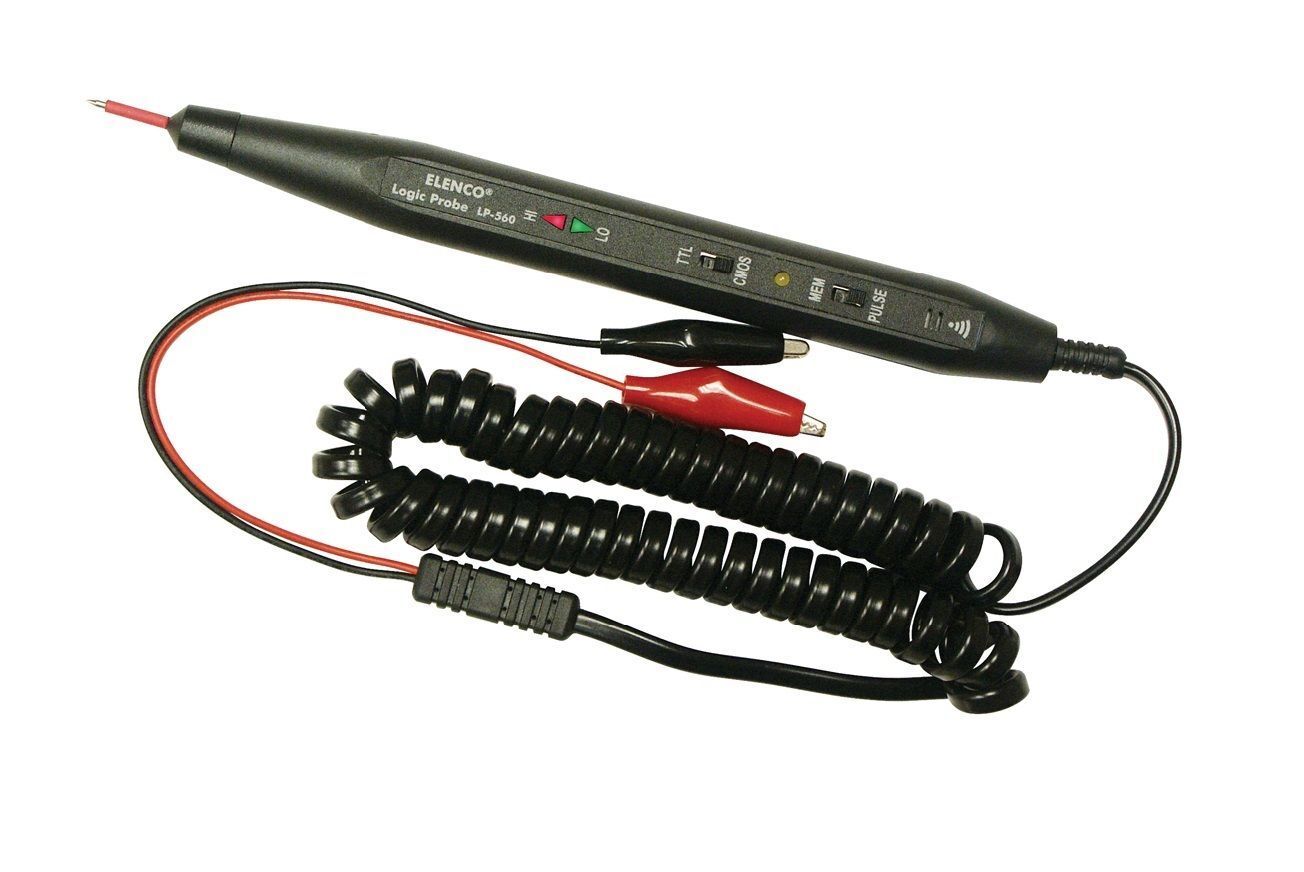
All the logic probes consist of test instruments which are used to control the digital logic levels of electronic devices. They are used to troubleshoot electronic circuits, hardware, and software by checking logic values at various points in a circuit. Read on to learn more about what a logic probe is, how to buy one, and what its uses are. A logic probe is an essential tool for diagnosing problems in digital electronics. It can help you locate faults in a circuit. It is also useful for debugging software, identifying bad connections, and helping you understand how an automated process or robot works. A logic probe can be useful if you regularly work with microprocessors or other digital control circuits: let's see what they do and how they do it. Keep reading…
Better logic probes
As for the best logic probes, we recommend the following:
What is a logic probe?
Una Logic probe is an essential tool for troubleshooting digital electronics. Its main function is to monitor the voltage present at various points in a circuit, and indicate whether these points are at a high or low voltage level. The probe can detect both positive and negative voltage levels. A logic probe is used to diagnose problems in digital electronics. It can help you locate faults in a circuit. It is also useful for debugging software, identifying bad connections, and helping you understand how an automated process or robot works. A logic probe can be useful if you regularly work with microprocessors or other digital control circuitry. It is mainly used to check the voltage and current levels at various points in the circuit.
How does a logic probe work?
A logic probe has a part that changes its state (0 or 1, TRUE or FALSE) when the voltage changes at a given point in the circuit. The probe has two connections, one for input and one for output. The input is connected to a voltage point and the output to an indicator. The probe indicator illuminates when the voltage at the probe input changes from low to high, or from high to low. When the voltage at the monitored point changes, the probe circuit opens or closes. This state change is transmitted to the probe output and the probe indicator lights up.
Logic probes are used to control voltage levels in circuits electronics. The probe has two connections, one for input and one for output. The probe input is connected to a voltage point and the output to an indicator. When the voltage at the monitored point changes, the probe circuit also changes its state to indicate this. This state change is transmitted to the probe output, and the probe indicator lights up. The indicator on the probe is usually a light or an LED. It can also be a sound or a vibration.
What to consider when buying a logic probe?
When you buy a logic probe, make sure it can do the job you need it to. The probe you choose must be suitable for your application. Pay attention to the following points:
- voltage levels: Different types of logic probes can monitor different voltage levels. Be sure to purchase a probe that can monitor the voltage levels in your circuit.
- current levels: A current probe can be used to measure AC or DC currents. Make sure you buy a current probe that can measure the current flowing in your circuit.
- Logic type supported: Logic probes can support different types of logic, such as DTL, TTL, CMOS, etc. Make sure it supports the family of those circuits you want to test.
- probe length: Make sure you buy a logic probe of the appropriate length. The shorter probes are ideal for PCB testing, while the longer ones can be used for testing connectors and other hardware.
How is a logic probe used?
There are several ways to use a logic probe. You can use it to test circuits, find faulty components, track down bad connections, and troubleshoot software problems. Here we explain how to do it:
- Circuit check: You can use a logic probe to test circuits by monitoring the voltage present at various points in the circuit. You can then identify problems by looking at changes in circuit voltage. For example, you can use a probe to see if a digital circuit is working as expected. You can also check if the circuit is powered correctly.
- Find faulty components: you can use a probe to find faulty components by monitoring their voltage. For example, the probe can be used to check the voltage at the output of a transistor. If the transistor output does not have the expected voltage, you may have found the problem.
- Tracing of bad connections: You can use a logic probe to track down bad connections by monitoring the voltage at points in the circuit. If you find that the voltage at one point in the circuit is different from the voltage at the same point in a neighboring circuit, you might have found a bad connection.
- Software Troubleshooting: You can use a logic probe to troubleshoot software problems by monitoring the voltage at points in the circuit. If you find that everything is apparently correct on the hardware side, it is very likely that the malfunction is due to the software.
What can a logic probe monitor?
La tension at various points of a digital circuit can vary from 0 to 5 volts (among other voltages). That is, the ones and zeros, or the high and low states as they are called in digital electronics. Also, keep in mind that a probe can monitor currents of up to 10 amps.
Of course, you can monitor all typical stresses of a digital circuit. This includes the supply voltage, the ground voltage, the digital high voltage (VDH, typically 5 volts), the digital low voltage (VDL, 0 volts), and any voltage present in the circuit due to current. The probe can be used to monitor the voltage at the input of a live circuit, the voltage at the output of a circuit, or the current flowing through a circuit. The probe can also be used to monitor voltages in passive circuits.





